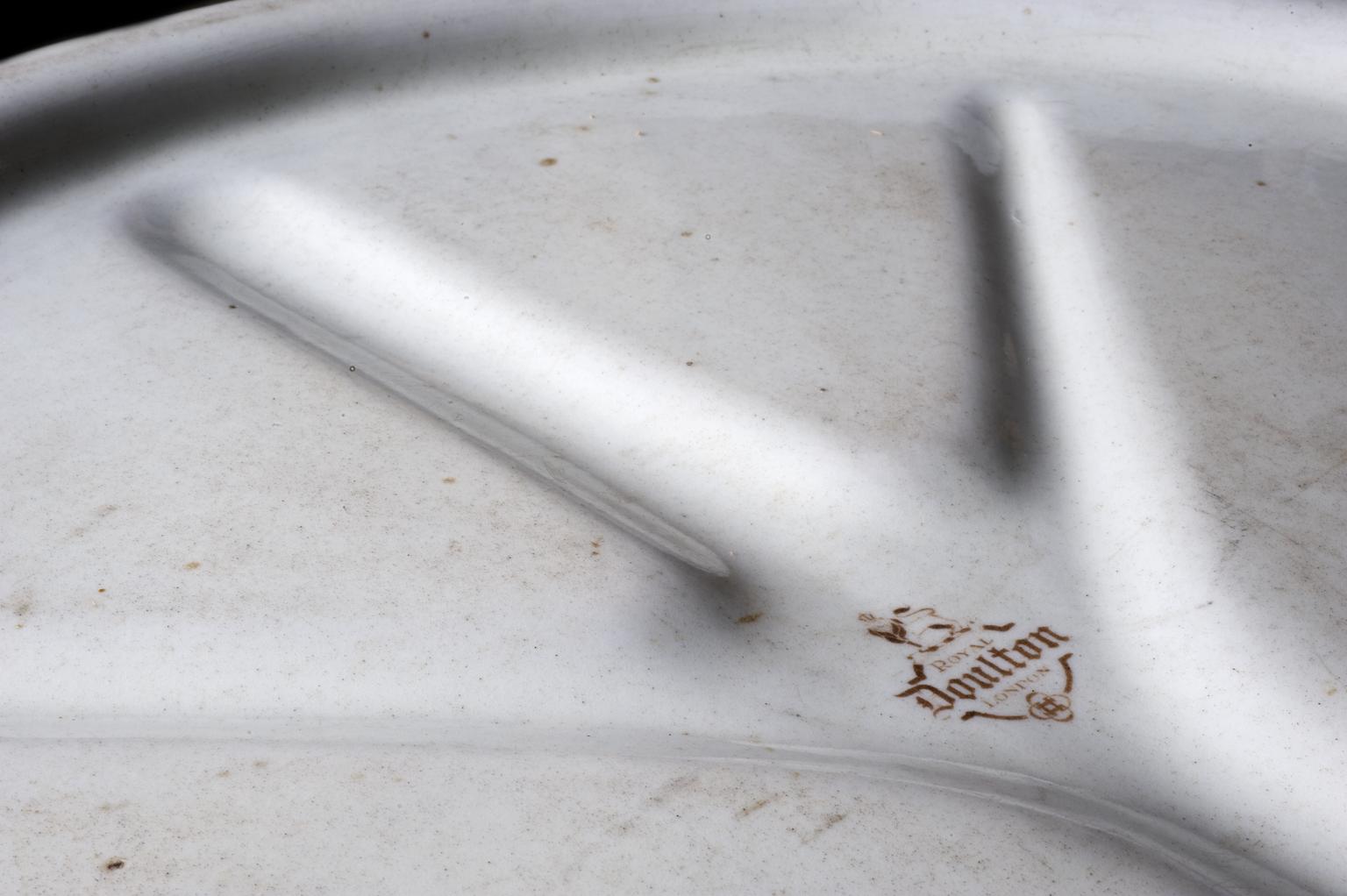
Post mortem table ceramic
1921-1930




Post mortem table ceramic, by Doulton, used until 1944 at the Rotherhithe Mortuary, c. 1925, with ceramic legs
Bodies were laid upon post-mortem tables for examination after death. A post-mortem is also called an autopsy. It is a medical procedure where the body is opened up to discover the cause and manner of a death. They became common practice in the early 1800s. Post-mortems helped physicians learn more about the internal symptoms and signs of disease.
This ceramic table was made by famous ceramics company Royal Doulton Limited. It was used at Rotherhithe Mortuary in London until 1944. The table has recessed grooves and a central drainage hole to drain body fluids released during the autopsy. The ceramic table was easily cleaned. It was more hygienic than wooden models used in the past.



